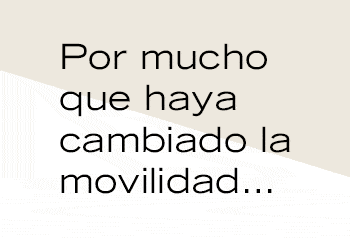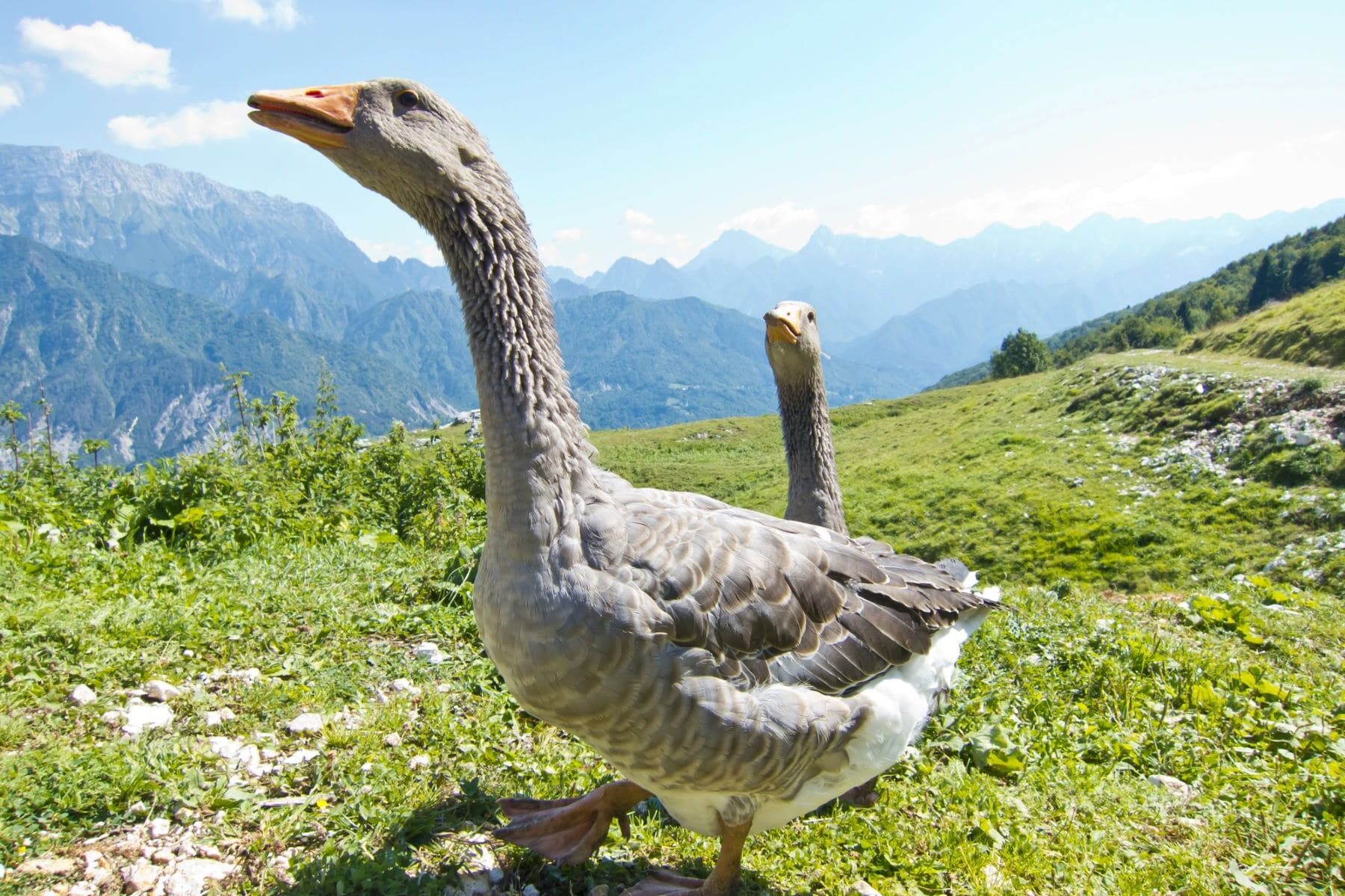The Bird flu, also called ‘bird flu’, is a viral diseasecaused by the virus of the family Orthomyxoviridae, of the genus Influenzavirus A and B, which has a very high risk of infection and is spread by wild birds that infect domestic birds.
There are different strains of the virus that can be divided into two categories depending on the severity of the disease in poultry: low pathogenicity, which typically causes a mild disease that can occur even without symptoms and goes unnoticed, and high pathogenicity, which typically has severe clinical symptoms and high mortality rates.
Cantabria: stop bird flu
The Government of Cantabria, through the Ministry of Rural Development, Livestock, Fisheries and Food, has activated the protocol of action in the region in response to the evolution of the epidemiological situation of the circulation of Highly pathogenic bird flu virus (bird flu) in Europe in recent weeks and the decision of the Ministry of Agriculture, Fisheries and Food (MAPA) to update the risk analysis of the introduction of this virus in Spain and the need to strengthen biosecurity measures on poultry farms.
In particular, the measures aimed at avoiding direct and indirect contact with wild birds from this Monday and strengthening passive surveillance, both in poultry farms and wild birdswhereby the official veterinary services, in the case of Cantabria, the regional agricultural office of Gama, are immediately informed of any suspicion of disease.
In the case of Cantabria, where no case has been registered, the measures will be taken in the areas of The municipalities belonging to the Santoña Marismas Natural Park pose a particular riskVictoria and Joyel and adjacent areas: Ampuero, Argoños, Arnuero, Bárcena de Cicero, Bareyo, Colindres, Escalante, Hazas de Cesto, Laredo, Liendo, Liendo, Cleans, Meruelo, Noja, Rasines, Santoña, Solórzano and Voto.


Therefore, from this Monday, the use of birds of the orders Anseriformes and Charadriiformes as decoys is prohibited; raising ducks and geese with other poultry speciesand the rearing of poultry outdoors, and if the latter is not possible, bird nets or other arrangements should be provided to prevent the entry of wild birds, provided that they are fed and watered within the facilities or in a shelter that prevents the arrival of wild birds and prevents their contact with food or water intended for poultry.
It is also forbidden to give water to poultry water tanks accessible to wild birdsand open water tanks required for animal welfare reasons for certain poultry must be adequately protected from wild waterfowl.
It will remain that way the presence of poultry or other species of captive birds is prohibited in collection centers, livestock competitions and cultural samples, exhibitions and celebrations, as well as any concentration of poultry or other species of captive birds in the open air.
If a citizen finds a dead animal, You are asked to call 112 or the Montes Nursery of the Government of Cantabria. In addition, in areas of special risk, the Ministry has established a surveillance system that coordinates actions between the General Directorates of Biodiversity and Livestock for the collection of corpses for subsequent sampling at the Comprehensive Health Center (CSI).
To to facilitate the dissemination of this action protocol and the associated measuresthe Ministry of Rural Development calls on municipal councils and other local entities in the region to inform their neighbors with posters, information sheets and the communication channels at their disposal.

